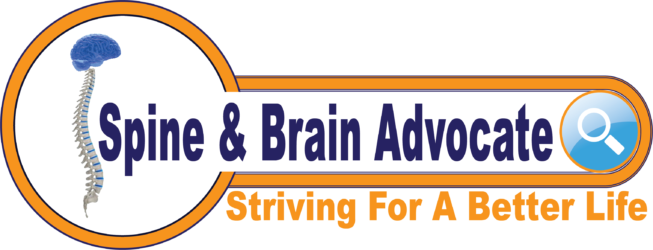Understanding How Your Head and Neck Work Together
Anatomy of the Craniocervical Junction
1. Craniocervical Junction
This is where the base of the skull meets the upper neck. It includes the lower skull surface, upper vertebrae (C1 and C2), muscles, and connective tissues that join the skull and neck.
2. Atlanto-occipital (AO) Joint
This is the upper part of the craniocervical junction, where the skull (occiput) rests on the first neck vertebra (Atlas). It allows the head to flex, extend, rotate, and tilt. Strong ligaments, muscles, small facet joints and occipital condyles (OC) hold the head on and allow the head to move around.
3. Atlantoaxial (AA) Joint
This is the lower part of the craniocervical junction, where the Atlas connects with the second neck vertebra, the Axis. The atlantoaxial joint allows the head to flex, extend, and rotate.
The Axis has a peg-like structure called the dens (also known as the odontoid) pointing upwards into the Atlas and is held on by ligaments, muscles and facet joints that allows head rotation.
Note: Strong, undamaged CCJ ligaments are critical for the craniocervical junction’s biomechanical functions, meaning, the “moving parts” related to the interaction between the skull (cranio) and the upper part of the spine (cervical).
Watch a video by Education Spine called Craniocervical Junction Model.
4. Brainstem, Spinal Cord, and Cerebrospinal Fluid
Inside the craniocervical junction, the brainstem connects to the spinal cord. This connection controls vital functions like heart and lung activity. Nerves, blood vessels, and cerebrospinal fluid are also part of this system.
Watch Shepherd Center’s video that explains the anatomy of the spinal cord and how it works.
The spinal cord is a very important part of our central nervous system. It’s the overall system that controls and coordinates the activities of our body. The main job of the spinal cord is the communication system between the brain and the body by carrying messages via nerves that allow us to move and feel sensation.
5. Cranial Nerves
There are cranial nerves in the head and neck that help with functions like seeing, smelling, hearing, and controlling muscle movements. The cervical spine has spinal nerves that enable communication between the brain and upper body.
An article on What are the cranial nerves? These nerves play important roles in sending messages via the spinal cord, enabling the brain to communicate with parts of the upper body.
Watch a video on the anatomy of the main cranial nerves of the head and neck, watch this video by Kenhub.
6. Blood Vessels
Major arteries and veins are found in the neck, supplying blood to the head and neck regions.
Listen to Sam Webster who will explain these parts and systems with visuals.
7. Lymph Nodes
Additional Videos on the Anatomy of the Craniocervical Junction and Cervical Spine:
- Anatomy of the Cervical Spine
- In this episode of eOrthopodTV, Orthopaedic Surgeon Randale C. Sechrest, MD narrates this animated video describing the basics of the anatomy of the cervical spine.

